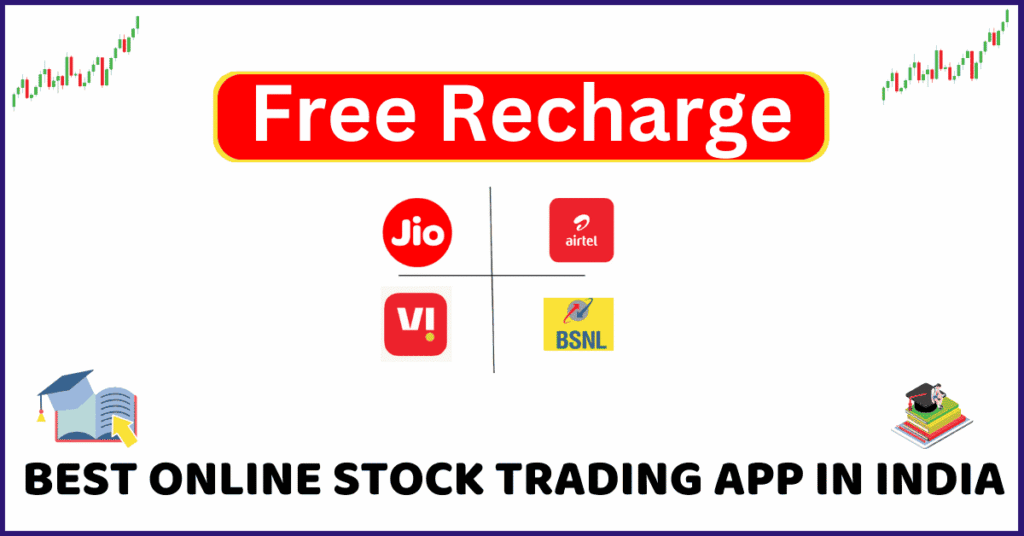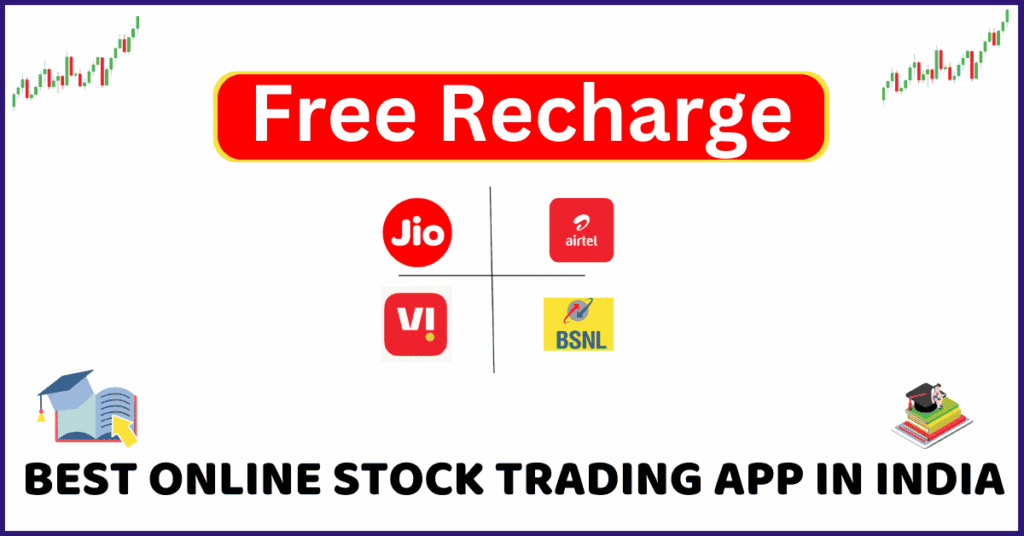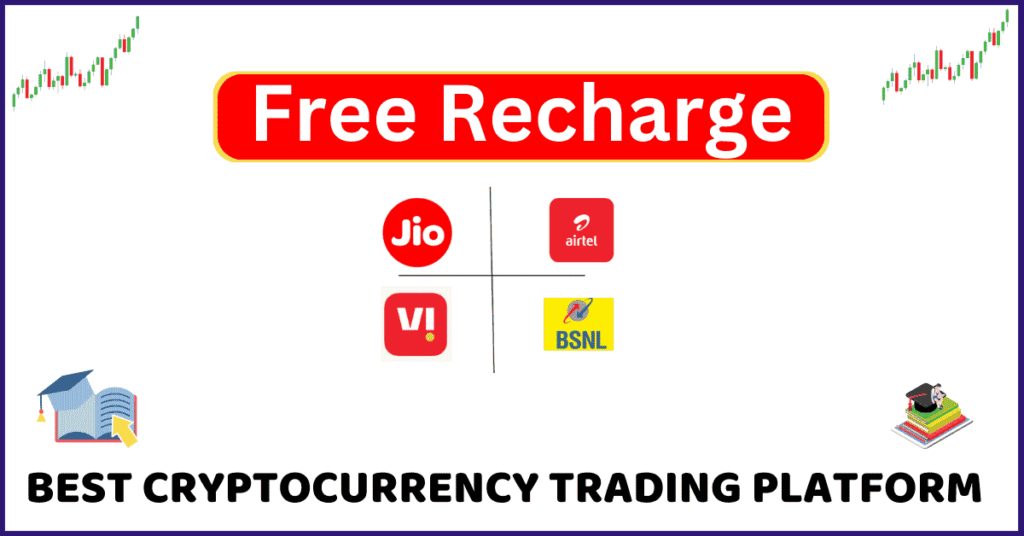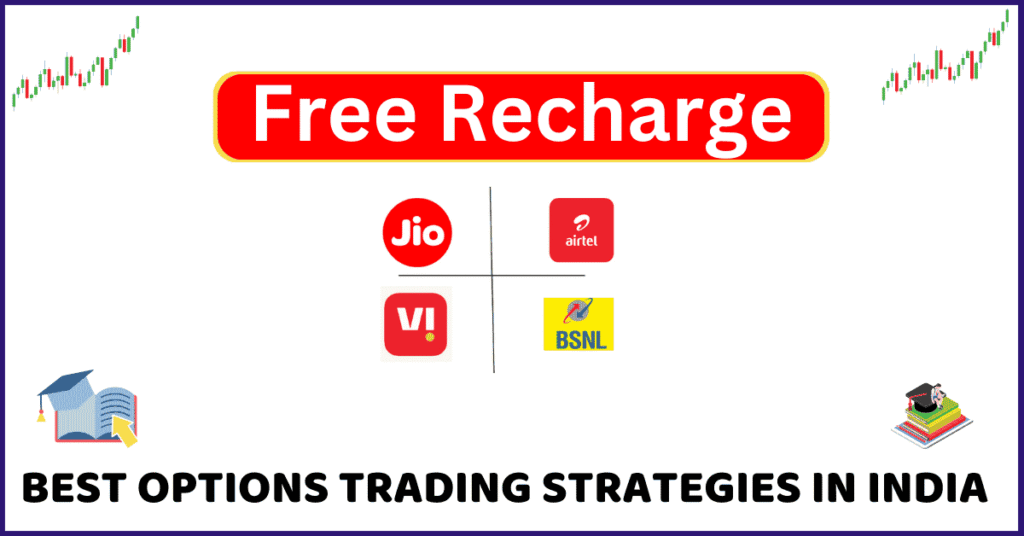DeFi trading has evolved a lot recently. Not just swapping tokens, but derivatives, perpetuals, more efficient liquidity, lower fees, better UX, cross‑chain, etc. Some platforms are stepping up with new tools, others are getting left behind. These are the ones standing out in 2025.
What to Look For in a Great DeFi Platform (2025 Edition)
Related Posts:
Before the list, here are criteria that matter now more than ever:
- Low transaction / gas / settlement fees — with Ethereum & many L2s still expensive for some users
- Capital efficiency — better liquidity design, concentrated liquidity, dynamic fees etc.
- Advanced order types — limit, stop-limit, maybe trailing stop, etc. Not just market/AMM swaps.
- Derivatives / leverage options — for more advanced trading (perpetual markets, futures)
- Cross‑chain capability — ability to move assets, use bridges, multichain liquidity
- Decentralization / safety / audit history — smart contract security, reputation, hacks history etc.
- Good UX / interface, wallet support — many DeFi tools are hard for new users; the ones that simplify well are winning.
Top Platforms Shining in 2025
Here are several DeFi platforms that are considered among the best in 2025, with what they do well and what to watch out for.
| Platform | What It Offers / Strengths | What’s New / What Makes It Stand Out in 2025 | Trade‑Offs / Things to Keep in Mind |
|---|---|---|---|
| Uniswap (v4) | Very strong in token swaps / AMM style, massive liquidity, broad support across networks. | Uniswap v4 adds new modularity (hooks), dynamic fees, better gas optimizations, newer infrastructure. These improvements help custom logic (e.g. limit orders, specialized pool behaviors) and reduce costs. DWF Labs+2OAK Research+2 | On Ethereum & some L2s, gas can still spike. For smaller trades or less‑liquid pools, slippage or fee impact matters. Also hooks and dynamic fee logic are powerful but introduce more complexity. |
| dYdX | For derivatives, perpetual contracts, margin trading. Advanced tools (leverage, order types), relatively good liquidity in those markets. | Uses more efficient settlement & infrastructure. More markets added. Stronger UI/UX, mobile + API access. Emphasis on non‑custodial (you hold your keys) and decentralized governance. dydx.xyz+2KuCoin+2 | Higher risk if you’re using leverage. Needs traders to understand margin calls, liquidation. Also, as features get more complex, learning curve increases. But for experienced users, it’s one of the best. |
| PancakeSwap | Big name on BSC (Binance Smart Chain) and similar EVM‑compatible chains. Strong in token swaps, LP rewards, often lower fees than Ethereum mainnet alternatives. CoinGecko+2BlockTech Solutions+2 | For users wanting cheaper swaps and more yield farming / LP‑incentives, it still delivers. Some innovations in swap curves, stable‑asset pools, etc. | If using tokens that are mostly on Ethereum or other chains, bridging is needed. Also, BSC (or other chains) may have different levels of decentralization and regulatory risk versus more decentralized chains. Slippage / impermanent loss still matters. |
| Other notable DEXs & AMMs | Platforms like SushiSwap, Curve, etc., each have niches (stable swaps, cross‑chain, specialized LP incentives). These continue to be relevant. BlockTech Solutions+2CoinGecko+2 | Some have improved UI/UX, multi‑chain deployment, added features (e.g. stable pools, better LP reward structures). | They often compete fiercely on fees and liquidity. Some smaller or newer pools have higher risk. Also watching for security audits. |
What’s Changing / Emerging Trends in DeFi Platforms
These are shifts in 2025 that are shaping what “best” looks like now and likely in the coming years:
- Modular & customizable AMMs
Platforms are allowing more custom behavior: dynamic fees, custom swap logic, specialized liquidity hooks (e.g. Uniswap V4). This means LPs and traders can optimize more. OAK Research+3DWF Labs+3docs.uniswap.org+3 - Better infrastructure / layer 2 / roll‑ups
To reduce gas costs, speed up trades, improve UI responsiveness. dYdX is a good example of this. OneKey+1 - Derivatives & leverage in DeFi
More platforms offering perpetuals, margin. This widens risk but also opportunity. Not just for speculation — also for hedging. dYdX is leading here. OneKey+1 - Cross-chain & multichain liquidity aggregation
Traders want the cheapest route, best liquidity. Platforms and aggregators that can route swaps across chains, or use bridges seamlessly, are preferred. - More attention to safety, governance, user control
As DeFi gets more institutional interest, audits, insurance, dispute resolution, governance tokens are more important. Protocols that are transparent & well audited are more trusted. - Simplified UX / lower barrier to entry
For many new users, DeFi still feels complicated. Platforms that simplify wallet interactions, reduce transaction steps, show clear info (slippage, fees, impermanent loss), etc., are better adopted.
How to Pick the Right DeFi Trading Platform for You
Depending on your goals, one platform may suit you better than another. Here are some guiding questions:
- Do you want simple token swaps, or advanced tools (derivatives, margin)?
- What blockchain(s) do you prefer / are you already using? (Ethereum, BSC, Solana, etc.)
- How sensitive are you to fees (gas, transaction, swap/slippage)?
- Are you willing to manage (or learn) the risks of leverage, impermanent loss, slashing, etc.?
- Do you prefer total decentralization & holding your own keys, or is some trade‑off acceptable for usability?
- How much volume / liquidity do you need for your trading pairs? If you’re trading smaller or niche tokens, liquidity might be thin.
Risks to Be Aware Of
Even the best DeFi platforms have trade‑offs and risks:
- Smart contract bugs / exploits
- Liquidity risk / slippage especially in smaller pools or during volatile periods
- Front‑running / MEV (Miner/Validator Extractable Value) — trades being reordered or manipulated
- Regulatory risk — DeFi is still under scrutiny in many jurisdictions. Some tokens may end up deemed securities; some features (especially derivatives) may be restricted.
- User error — wrong token, wrong chain, high gas cost, misunderstanding of leverage or liquidations.
- Costs misestimation — fees, bridging, gas, conversion, slippage can eat into profits if not considered.
Which Platform Fits Which Type of Trader
Here’s a rough mapping:
| Trader Type | Best Fits / Suggested Platforms | Why |
|---|---|---|
| Beginner / Swaps Only | Uniswap (for ERC‑20), PancakeSwap (for BSC), DEXs with good UI | Less complexity, fewer moving parts, lower risk, broadly supported tokens |
| Intermediate / Yield + LP | Uniswap V4 (hooks & dynamic fees), AMMs on lower fee chains, stablecoin pools, aggregator services | Better capital efficiency, yield options, incentive programs |
| Advanced / Derivatives & Margin | dYdX, perhaps upcoming DEXs with strong derivative offerings | Access to leverage, sophisticated order types, liquidity depth |
| Multichain / Cost‑Sensitive | Platforms with strong cross-chain bridging or aggregation, or DEXs on cheaper chains | Lower fees, ability to chase best rates across chains |
Final Thoughts
2025 is an exciting year in DeFi; many platforms are leveling up. If you pick one of the leading platforms and understand what they offer vs their risks, you can trade more efficiently, safely, and with more tools at your disposal.



